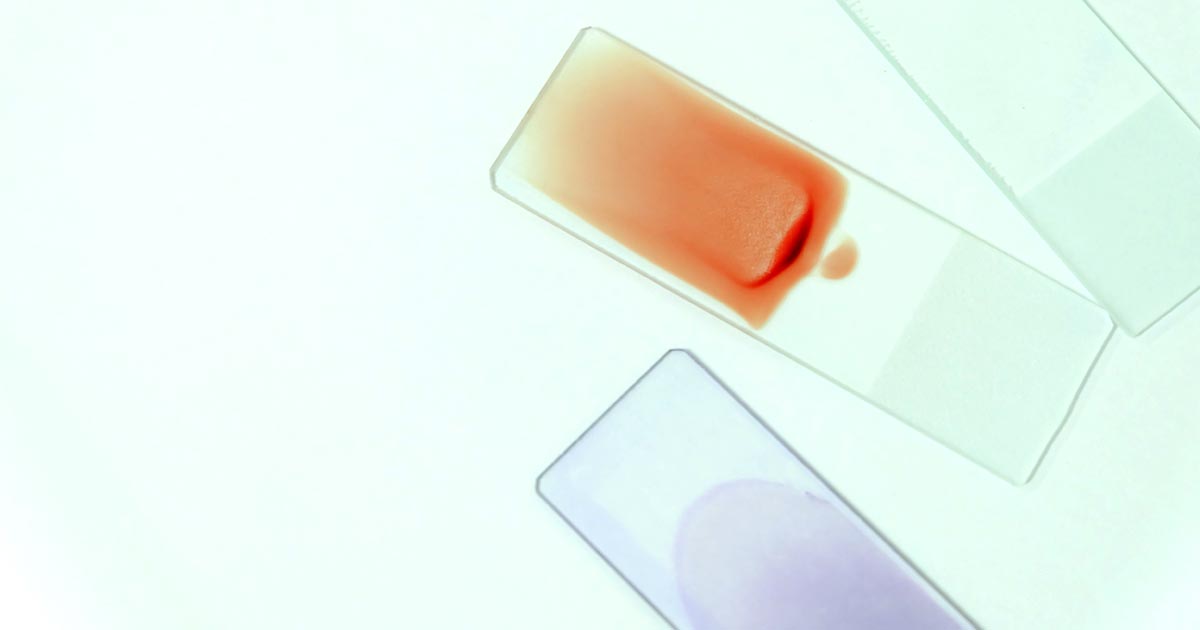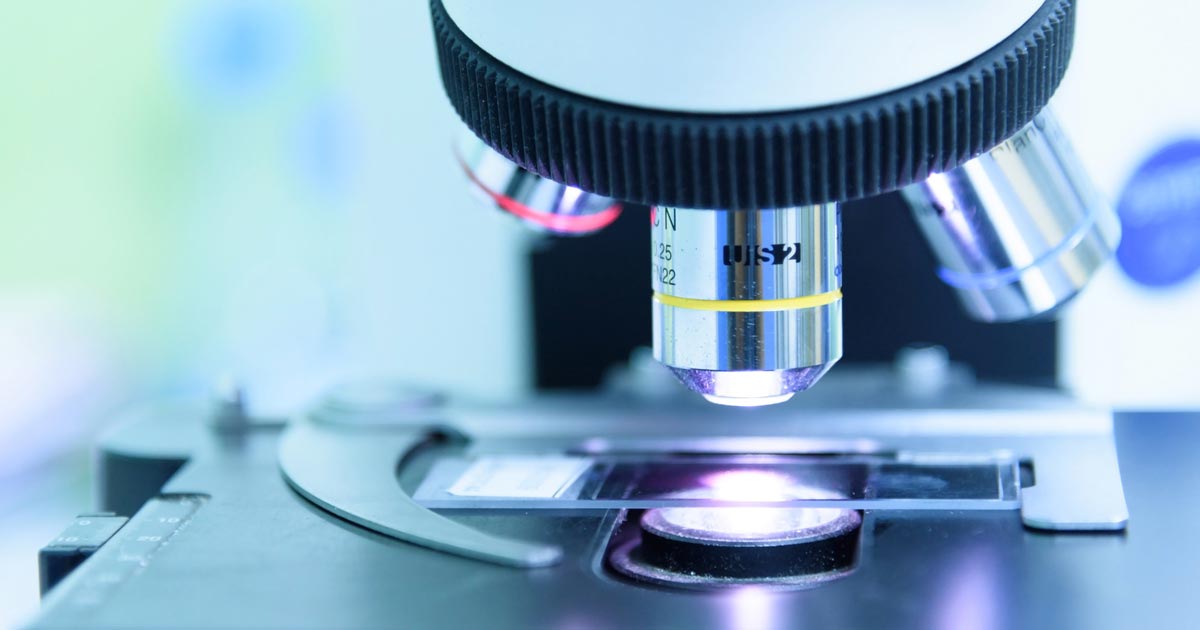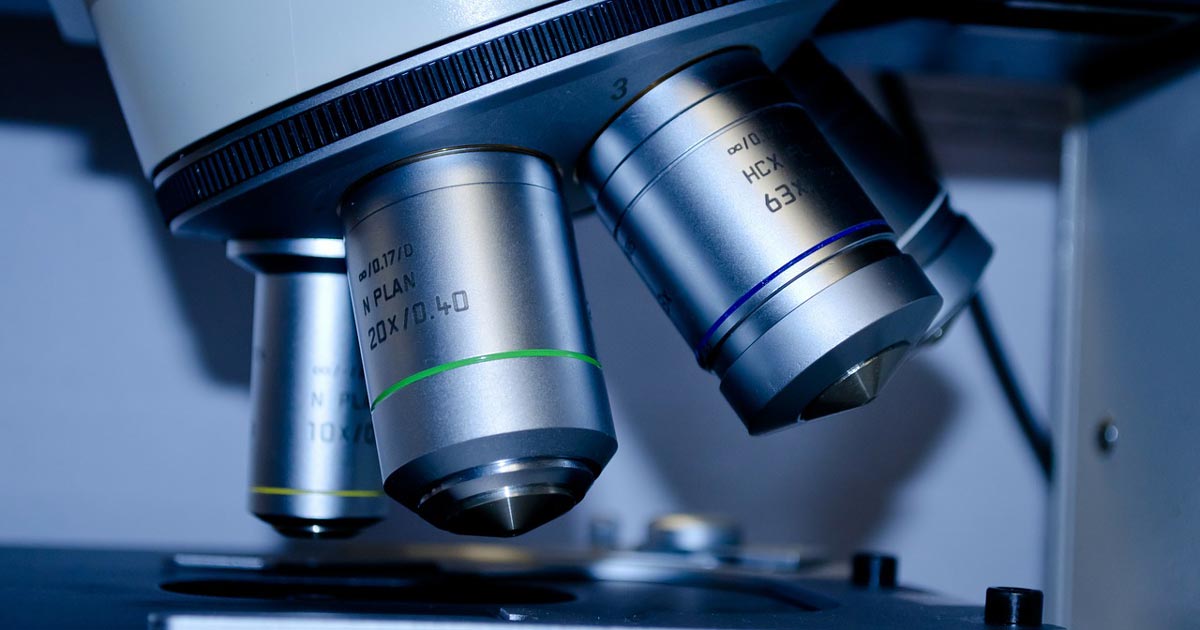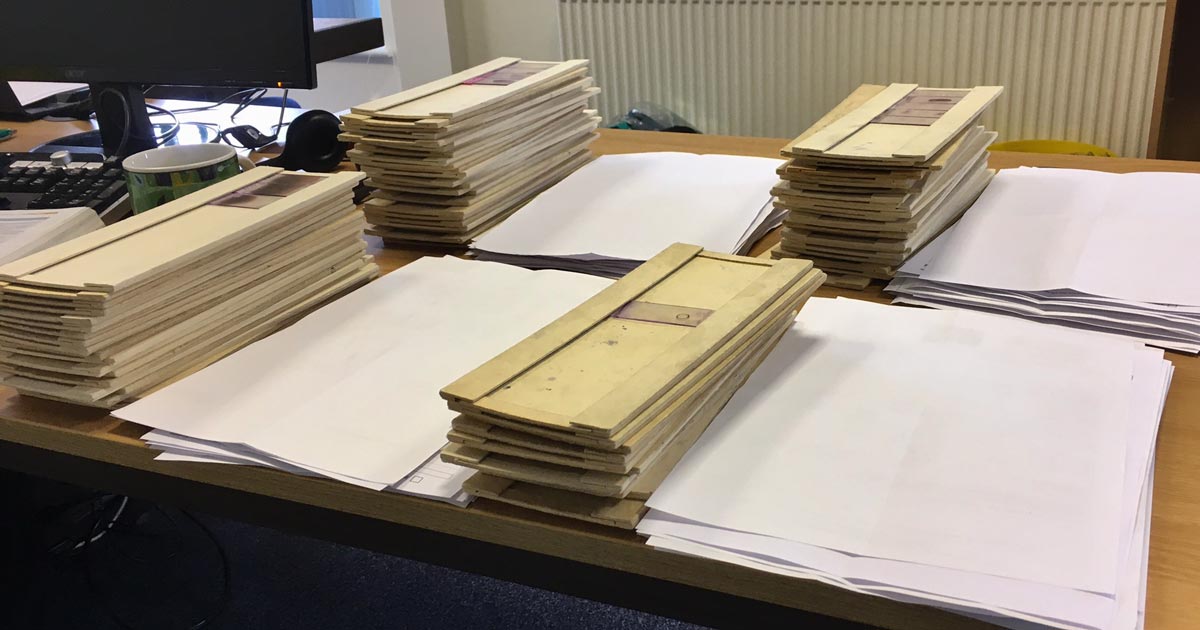Tag: cytology
-

Cytology tips: cellularity
—
by
“Cellularity is poor, and preservation is poor.” As openings to literary works go, it may not have the skill of “It was the best of times, it was the worst of times” or “The sky above the port was the color of a television, tuned to a dead channel”, but it certainly has an emotional…
-

Cytology tips: preservation
—
by
There’s a part of me that’s constantly surprised cytology works at all. The idea you can suck up a few cells from a patient, squirt them on to a slide, stain them and – by looking at the shape of the cells and how they relate to one another – work out what is happening…
-

Emotional stress
—
by
I nearly didn’t go… I was locuming at the time and been away from home a lot. I’d also been working nights – the first time I had tried solely out-of-hours work – and it had been punishing. Why, then, was I coming to shadow a pathologist for a day in a veterinary laboratory? When…
-

Two things you probably already knew about pathologists (but I didn’t)
—
by
A few years ago, after spending a decade and a half in general practice and possibly inspired by watching a lot of Quincy, M.E. – when I was too young to know any better (incidentally, does anyone know how old we have to get before we do know better about things? I’d like to be…
-

Under the microscope: lessons from pathology rotation
—
by
The past couple of weeks on rotation have largely consisted of looking down a microscope or performing postmortems – and despite clinical and anatomic pathology being very different, a running theme seemed to exist across both. On the clinical pathology week, we pored over slide after slide of blood smears and cytology samples, trying to…
-

Pieces of paper
—
by
Several piles of paper are on the table in the centre of the room. The slide trays are stacked next to them; depending who has been on “winkling” duty, this is either a towering Manhattan skyline of ominous-looking pillars, or a sprawling shanty town of small groups and ordered by urgency, potential difficulty, quality of…
-
Needle aspirate subcutaneous masses
—
by
Fine needle aspiration (FNA) is a valuable tool in subcutaneous skin masses. We have all had those lumps that, on palpation, you are sure are lipomas (being soft, freely mobile and slow growing). Indeed, the vast majority are just such benign problems – however, it is worth aspirating them to be sure. Felt like lipoma…
-

Don’t forget cytology and Malassezia dermatitis
—
by
Ever had one of those cases, which seem to typically occur around this time of year, that you think must be the start of an allergic dermatitis? These present with pruritus, erythema and sometimes a yellowish/grey, greasy feel to the skin and hair coat. The dog is already on a regular POM-V broad-spectrum antiparasiticide. Initial…
-
Quick cytology preps for assessing skin microbial flora
—
by
One of the pleasures of having completed my dermatology certificate is that I get to peer down a microscope at cytology preps a fair amount. Now, if you’re anything like me, you’ll have become frustrated with Diff-Quik preps (particularly if you are using tape strips and all three solutions) as the strip becomes soggy and…
-
When is a lipoma not a lipoma?
—
by
We recently had a case where a freely mobile, soft mass on the ventral abdomen, which had been present for a number of years, had started to get larger. We carried out a fine-needle aspiration (FNA) biopsy, and I fully expected this to confirm the presence of a lipoma (a benign fatty tumour common in dogs).…